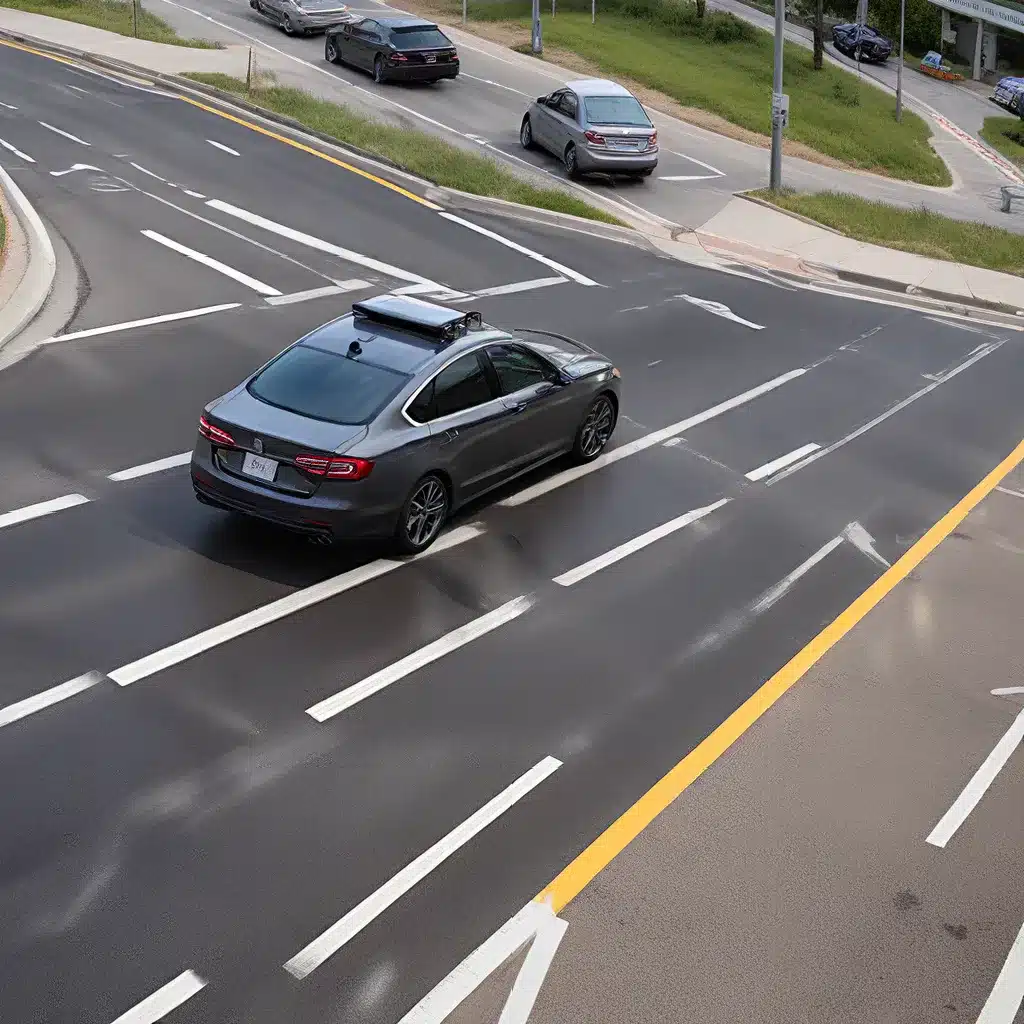
The Transformative Power of Sensor Fusion
Autonomous driving technology has rapidly transformed the transportation landscape, promising a future where vehicles navigate with unprecedented safety and reliability. In the quest to conquer the challenges posed by extreme weather conditions, innovative engineering approaches and cutting-edge sensor technologies have emerged as crucial drivers of progress, propelling autonomous driving systems to new frontiers.
At the heart of autonomous vehicles, sensor fusion takes center stage as a transformative force. By seamlessly integrating data from a multitude of advanced sensors, including cameras, radar, lidar, and ultrasonic sensors, sensor fusion empowers vehicles to perceive their environment from diverse vantage points. This orchestration of sensors not only enhances accuracy but also provides crucial redundancy, enabling the system to maintain robust awareness even in the face of sensor failure.
Within this symphony of sensors, each sensor contributes unique strengths. Lidar, with its laser-based technology, delivers precise distance measurements, while radar excels in detecting object velocity and location across a wide range of weather conditions. Cameras capture rich visual information, and ultrasonic sensors excel in close-range object detection. The fusion of these sensor inputs creates a comprehensive, high-resolution representation of the environment, equipping autonomous vehicles with an unparalleled level of situational awareness.
Enhancing Safety and Reliability
Sensor fusion has become a vital pillar of safety and reliability in autonomous driving. By effectively mitigating false positives and false negatives, sensor fusion minimizes erroneous detections and omissions, elevating the safety of autonomous vehicles to new heights. The collective wisdom of multiple sensors ensures that objects are correctly identified and accurately tracked, instilling confidence in the decision-making capabilities of the autonomous system.
The advantages of sensor fusion extend beyond error reduction. It fortifies the system’s resilience in adverse weather conditions, where cameras may struggle to provide clear imagery due to low light or inclement weather. By fusing camera data with complementary sensor data, such as lidar and radar, the system transcends the limitations of individual sensors, unveiling a comprehensive view of the environment. This comprehensive perception is vital for safe and efficient navigation, enabling autonomous vehicles to adapt and respond effectively to dynamic and challenging scenarios.
Engineering Pioneers and Collaborative Efforts
Behind these remarkable advancements lie the unwavering dedication of engineers who relentlessly push the boundaries of possibility. From the realms of electrical, mechanical, and software engineering to data science and artificial intelligence, a collaborative effort converges to design and optimize sensor fusion systems. These engineering pioneers meticulously craft solutions that uphold stringent reliability and safety standards, paving the way for an autonomous driving landscape fortified against extreme weather conditions.
The Future of Autonomous Driving: Weathering the Storm
Looking ahead, the roadmap for autonomous driving envisions seamless communication amidst the most tempestuous of conditions. Reduced visibility, a hallmark of adverse weather, poses a significant challenge to efficient information exchange between vehicles and roadside infrastructure. To surmount this obstacle, the integration of V2X (vehicle-to-everything) communication emerges as a beacon of collaboration. This real-time, interconnected network enables autonomous vehicles to communicate with each other and with infrastructure, transcending the limitations of extreme weather conditions. As vehicles navigate through the stormy seas of extreme weather, this harmonious communication network fosters coordinated movements, ensuring enhanced safety and efficiency.
As the autonomous driving industry forges ahead, the ability to conquer extreme weather conditions stands as a testament to its unwavering commitment to excellence. Sensor fusion, with its ability to harness the collective power of diverse sensors, emerges as a cornerstone of safety and reliability. The engineering prowess and dedication of visionary professionals fuel this progress, ensuring the continuous refinement and optimization of sensor fusion systems. The harmonization of sensors, coupled with seamless communication, ushers in a new era where autonomous vehicles traverse all terrains, defying the wrath of nature itself.
In this grand narrative of innovation, the fusion of artistry and engineering elevates autonomous driving to new frontiers. With sensor fusion as its guiding light, the autonomous driving industry stands poised to revolutionize transportation, promising a future where safety, reliability, and unyielding determination harmoniously coexist. As the industry progresses, the continuous collaboration between engineers, researchers, and practitioners will be pivotal in unlocking the full potential of autonomous driving and propelling it towards a brighter future.
Sensor Networks is at the forefront of this transformation, providing a platform for the latest advancements and insights in the realm of sensor networks and IoT. Explore our resources to stay informed and connected with the pioneering efforts shaping the future of autonomous transportation.